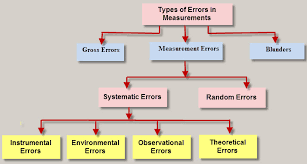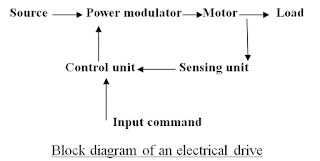Permanent Magnet Moving Coil
Principle:
These instruments are used either as ammeters or voltmeters and are suitable for d.c work only. PMMCinstruments work on the principle that, when a current carrying conductor is placed in a magnetic field, a mechanical force acts on the conductor.
v Diagram:
v Construction:
A coil of thin wire is mounted on an aluminum frame (spindle) positioned between the poles of a U shaped permanent magnet which is made up of magnetic alloys like alnico.The coil is pivoted on the jeweled bearing and thus the coil is free to rotate. The current is fed to the coil through spiral springs which are two in numbers. The coil which carries a current, which is to be measured, moves in a strong magnetic field produced by a permanent magnet and a pointer is attached to the spindle which shows the measured value.
Working:
When a current flow through the coil, it generates a magnetic field which is proportional to the current in case of an ammeter. The deflecting torque is produced by the electromagnetic action of the current in the coil and the magnetic field. When the torques are balanced the moving coil will stopped and its angular deflection represent the amount of electrical current to be measured against a fixed reference, called a scale. If the permanent magnet field is uniform and the spring linear, then the pointer deflection is also linear. The controlling torque is provided by two phosphorous bronze flat coiled helical springs. These springs serve as a flexible connection to the coil conductors. Damping is caused by the eddy current set up in the aluminum coil which prevents the oscillation of the coil.
v Controlling Torque:
This torque is produced by the spring action and opposes the deflection torque so as the pointer can come to rest at the point where these two torques are equal (Electromagnetic torque = control spring torque). The value of control torque depends on the mechanical design of spiral springs and strip suspensions.
v Damping Torque:
This torque ensures the pointer comes to an equilibrium position i.e. at rest in the scale without oscillating to give accurate reading. In PMMC as the coil moves in the magnetic filed, eddy current sets up in a metal former or core on which the coil is wound or in the circuit of the coil itself which opposes the motion of the coil resulting in slow swing of pointer and than come to rest quickly with very little oscillation.



































